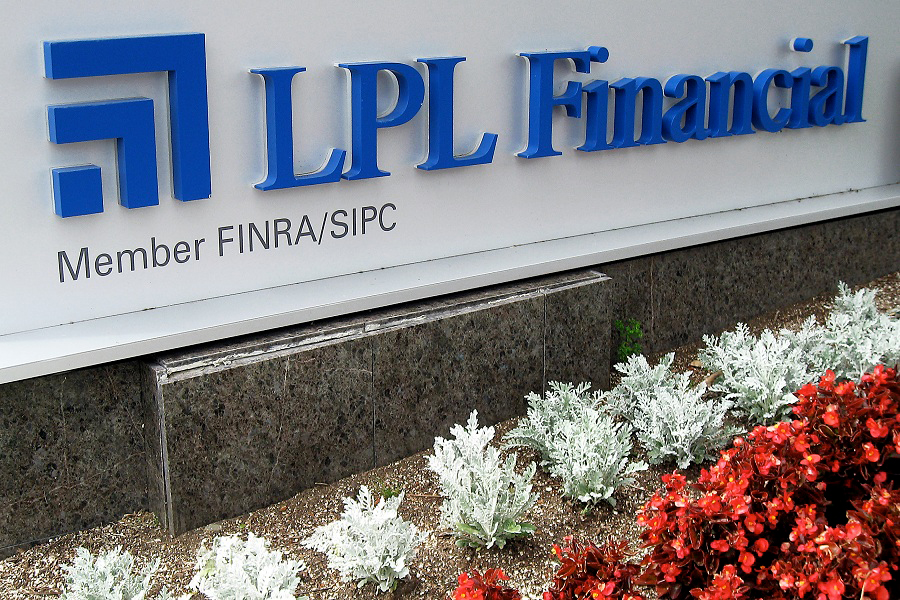

LPL Financial recruited mightily in 2021 and it spent mightily, too. Last month it reported forgivable loans — using rough, back of the envelope math — of $773 million at the end of last year, compared to $419 million a year earlier, a jump of 84%.
Broker-dealers offer forgivable loans to targeted financial advisers as part of a package to entice them to leave their old firm and join another, either as employees or independent contractors. Financial advisers work the loans off over time or the loans are forgiven as the adviser meets conditions of the loan, such as generating certain amounts of revenue for the new firm.
Such loans are also paid to brokers and financial advisers at firms that broker-dealers purchase as an incentive to keep them in their seats rather than jumping to a rival during the uncertain time of an acquisition.
Forgivable loans are part of the lifeblood of the retail securities industry, although some of the leading wirehouses have recently moved away from the strategy because it can be extremely expensive.
On Feb. 3, LPL reported in its earnings release that it recruited advisers with $89 billion in assets last year, more than double the amount — $42 billion — in the prior year. Fore years, LPL has been a leader in recruiting among independent broker-dealers.
In prior years, LPL published the “forgivable” adviser loan balance as one figure in its annual report but it recently changed that. Instead, to get a rough calculation of LPL's forgivable loan balance, start with the total “Advisor Loan” amount of $963.9 million listed in the company's 2021 annual report and subtract the “Repayable” loan amount of $191.2 million. That leaves $772.7 million, which is in large part forgivable loans.
A spokesperson for LPL said that the amount cited by InvestmentNews was "mostly forgivable loans," though there are also some other, smaller, types of loans included in that figure that the firm does not publicly disclose.
"The growth in forgivable loans was a function of our $89 billion of recruiting in 2021, which more than doubled year-over-year, as well as onboarding Waddell & Reed advisers that brought over another $71 billion of acquired assets," the spokesperson said.
In December 2020, LPL said it was buying the wealth management business of Waddell & Reed as part of a larger, complicated transaction. The price tag was $300 million for 70% of Waddell & Reed’s 921 advisers. The transaction closed last year.
LPL’s financial adviser head count at the end of December totaled 19,876, up 249, or 1%, compared to the end of September, and up 2,589, or 15% higher, compared to the end of 2020. At the end of 2021, LPL’s total advisory and brokerage assets had increased 34% year-over-year, to $1.21 trillion.

Americans with life insurance coverage are far more likely to feel assured of their loved ones' future, though myths and misconceptions still hold many back from getting coverage.

Mounting regulatory pressures and proposed taxes are putting a strain on higher education institutions, forcing renewed focus on liquidity management and the secondary market for private equity.

Poll of 1,500 retirement plan investors finds 45% interested in private equity and private debt, with more than three-quarters saying they'd ramp up contributions as a result.

Most firms place a limit on advisors’ sales of alternative investments to clients in the neighborhood of 10% a customer’s net worth.

Those jumping ship include women advisors and breakaways.
Orion's Tom Wilson on delivering coordinated, high-touch service in a world where returns alone no longer set you apart.
Barely a decade old, registered index-linked annuities have quickly surged in popularity, thanks to their unique blend of protection and growth potential—an appealing option for investors looking to chart a steadier course through today's choppy market waters, says Myles Lambert, Brighthouse Financial.
